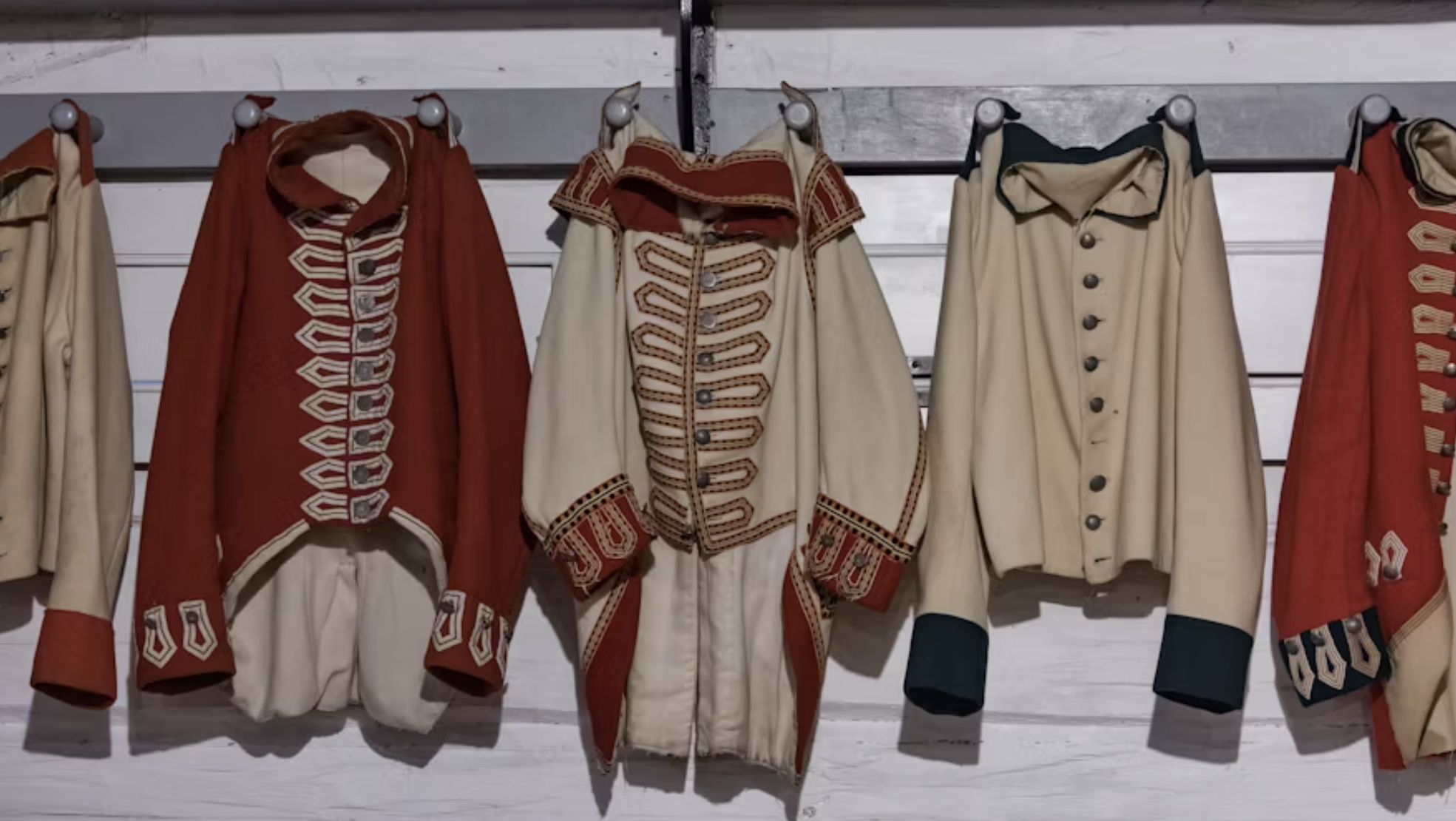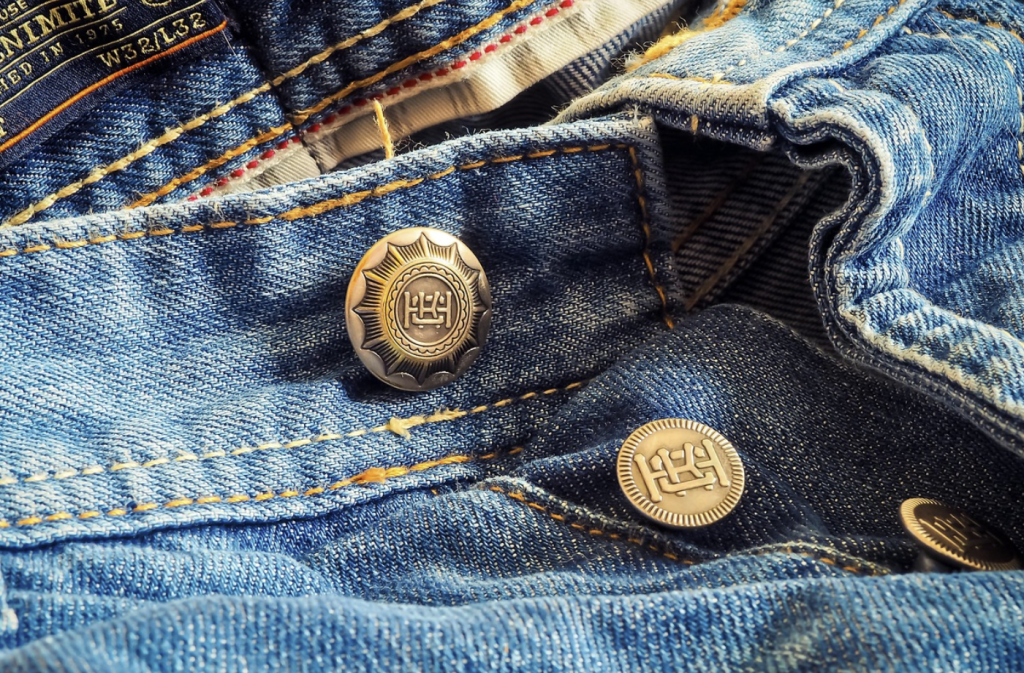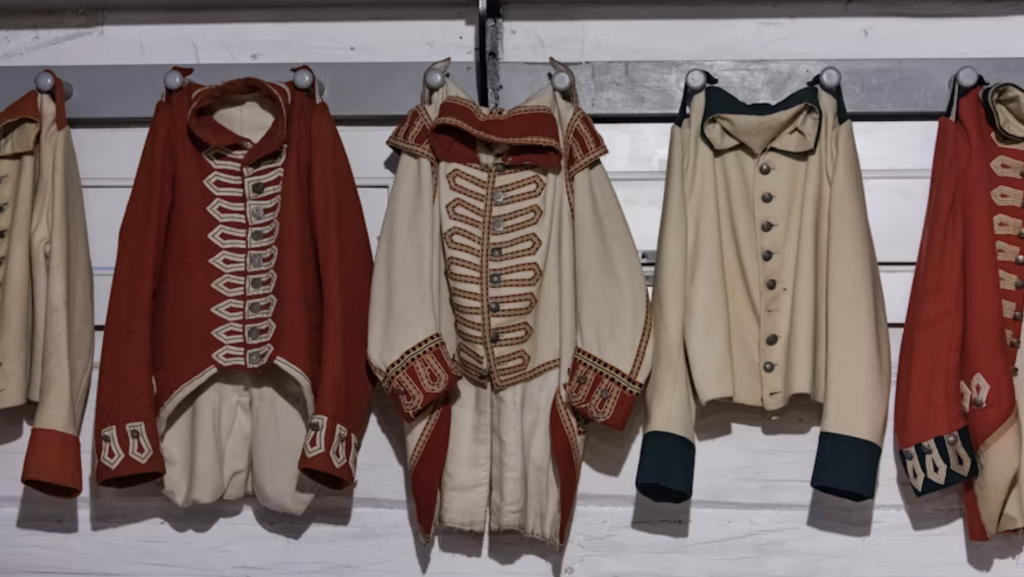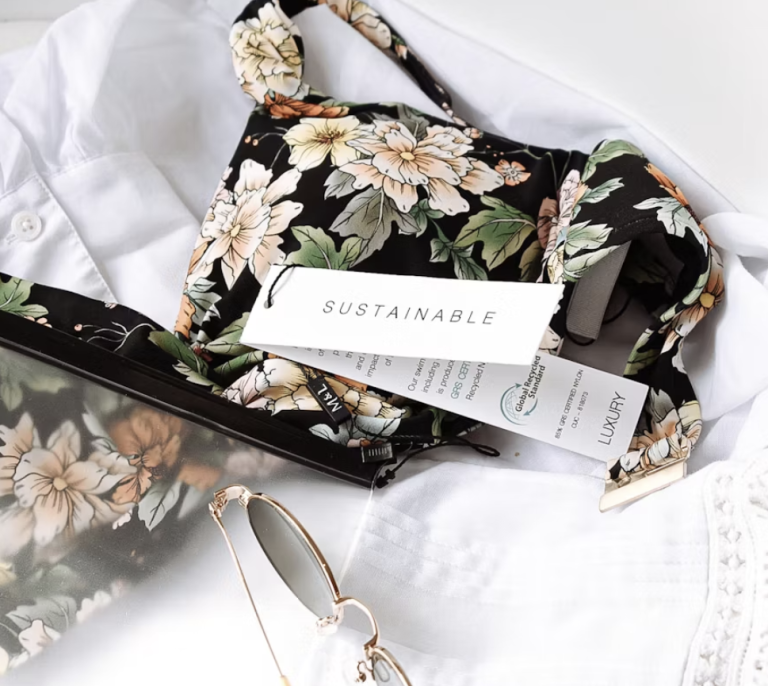
Introduction
When we think of our favorite wardrobe staples—whether it’s a button-down shirt, a pair of denim jeans, or a trusty hoodie—it’s easy to forget that these seemingly simple pieces have rich, complex histories. These items were once revolutionary, and their transformations over the years are a fascinating reflection of culture, society, and shifting norms. In this article, we will delve into the surprising origins and evolution of your favorite wardrobe staples, exploring how they became essential parts of modern fashion.
The Origins of Classic Wardrobe Staples
The Evolution of the Button-Down Shirt
One of the most iconic pieces in a person’s wardrobe is the button-down shirt, a timeless essential. The origins of this garment date back to the late 19th century. Originally designed for polo players, the shirt featured a button-down collar to prevent it from flapping in the wind during intense matches. It wasn’t long before this practical design was adopted by the wider public, transforming into the sophisticated, versatile shirt we wear today.
Initially, it was a garment reserved for the elite, reflecting the status of its wearer. Over time, however, it moved from the world of sports to become a business and casual essential. From the high-fashion runways to office spaces and weekend outings, the button-down shirt has evolved into a symbol of both professionalism and personal style.
The Denim Revolution
Denim, much like the button-down shirt, has undergone a remarkable transformation from its utilitarian beginnings. The fabric first appeared in the mid-1800s, primarily as durable workwear for miners and laborers during the California Gold Rush. Created by Levi Strauss, the rugged blue jeans were designed to withstand the harsh conditions of manual labor.
By the 1950s, denim jeans had transcended their blue-collar origins, becoming a symbol of youthful rebellion and counter-culture, thanks in part to Hollywood icons like James Dean and Marlon Brando. Fast forward to today, and denim is a multi-billion-dollar industry, with countless styles and washes making their way into every aspect of fashion, from haute couture to streetwear.
The Role of Denim in the Working-Class Movement
Denim was born out of necessity, and for much of its early history, it served as workwear for laborers in America. Its durability made it the fabric of choice for miners, farmers, and railroad workers. Denim represented resilience and hard work, which resonated with the working class.
As denim made its way into mainstream fashion, it shed its association with the working class and became a symbol of rebellion in the mid-20th century. This cultural shift marked the beginning of denim’s rise as a universal wardrobe staple.
Fashion Icons and Their Influence
How Audrey Hepburn Made the Little Black Dress Iconic
The little black dress (LBD) has become synonymous with elegance and simplicity. It’s hard to imagine that such a versatile and chic piece was once considered revolutionary. In 1926, Coco Chanel introduced the LBD, but it wasn’t until Audrey Hepburn wore it in the 1961 film Breakfast at Tiffany’s that the garment truly solidified its place in fashion history. Hepburn’s elegant portrayal turned the LBD into a symbol of timeless grace, and it has remained a go-to for formal events and cocktail parties ever since.
The Denim Legacy of James Dean and Marlon Brando
Denim jeans, originally practical workwear, gained a rebellious aura thanks to icons like James Dean and Marlon Brando. In films like Rebel Without a Cause and The Wild One, both actors wore denim jackets and jeans, positioning denim as the attire of the defiant, cool youth. This shift from function to fashion in the 1950s laid the foundation for denim’s transformation into the must-have wardrobe staple it is today.
The Intersection of Function and Fashion
Military Influence on Modern Styles
Throughout history, military uniforms have significantly influenced fashion. Items like the bomber jacket, cargo pants, and trench coats were originally designed for soldiers during wartime but later became adopted by civilians. These garments, with their durable fabrics and utilitarian designs, transitioned seamlessly from functional military wear to fashionable outerwear.
Workwear to Streetwear: The Journey of the Hoodie
Once a piece reserved for athletes or factory workers, the hoodie has transformed into a symbol of street culture. In the 1970s, the hoodie became popularized in urban areas, especially within the hip-hop community. Over the years, it has evolved from being a casual, utilitarian piece to a mainstream fashion item embraced by people from all walks of life. Today, the hoodie is worn by everyone, from high-fashion designers to tech moguls, and has cemented itself as a wardrobe staple.
Social and Cultural Impacts on Wardrobe Staples
The Impact of Feminism on the Pantsuit
The pantsuit is perhaps one of the most powerful examples of how fashion can be influenced by social change. In the early 20th century, women were confined to wearing dresses and skirts, with pants considered inappropriate for women. However, as the feminist movement gained momentum in the 1960s and 1970s, women began to embrace trousers as part of their wardrobes.
Pioneering women like Diana Vreeland and Hillary Clinton popularized the pantsuit, turning it into a symbol of empowerment and professional authority. Today, the pantsuit represents both sophistication and the breaking of gender norms, making it a staple in many women’s wardrobes.
The Role of the T-Shirt in Political Movements
The humble T-shirt has always been more than just a piece of clothing—it has served as a canvas for political expression. From the “I Am a Man” T-shirts worn during the Civil Rights Movement to the “Vote” and “Resist” slogans of modern-day activism, the T-shirt has played a critical role in shaping political discourse. Its ability to convey messages quickly and visibly has solidified it as a tool for social change.

Sustainability and the Future of Wardrobe Staples
Fast Fashion vs. Timeless Pieces
In recent years, the rise of fast fashion has challenged the longevity of wardrobe staples. Fast fashion brands churn out inexpensive, disposable garments at a rapid pace, often at the expense of quality and sustainability. As consumers become more conscious of the environmental impact of their purchases, the demand for timeless, well-made pieces has surged.
Wardrobe staples like the button-down shirt and denim jeans are now being reimagined with sustainability in mind, incorporating eco-friendly fabrics and ethical manufacturing processes. The future of these classic items lies in their ability to adapt to the growing demand for sustainable fashion.
The Return to Heritage Fabrics and Slow Fashion
A shift toward slow fashion is emerging, with many designers and consumers opting for high-quality, heritage fabrics. This movement champions craftsmanship, sustainability, and the value of investing in long-lasting pieces. In the coming years, the wardrobe staple will continue to evolve, but it will likely do so with a greater emphasis on timelessness, durability, and sustainability.
Conclusion
Your favorite wardrobe staples—whether it’s a simple shirt, a pair of jeans, or a classic jacket—have fascinating stories behind them. These pieces have evolved alongside societal changes, reflecting shifts in culture, politics, and personal identity. As we look toward the future of fashion, the challenge will be to honor the timelessness of these staples while ensuring they remain sustainable and relevant in a rapidly changing world.

Frequently Asked Questions
- What is the history behind the little black dress? The little black dress was introduced by Coco Chanel in 1926 and later became iconic when Audrey Hepburn wore it in Breakfast at Tiffany’s. It revolutionized the concept of simplicity in evening wear.
- How did denim jeans go from workwear to fashion? Denim was initially designed as durable workwear for miners in the 1800s. It gained cultural significance in the 1950s through Hollywood icons like James Dean and Marlon Brando, transforming into a symbol of rebellion.
- Why is the hoodie considered a fashion statement now? The hoodie has evolved from a practical garment worn by workers to a symbol of street culture and rebellion. Its rise in mainstream fashion can be attributed to its adoption by youth subcultures in the 1970s.
- How has feminism influenced women’s fashion? The pantsuit is a prime example of feminism’s impact on fashion. Initially seen as a male garment, the pantsuit became a symbol of empowerment for women in the 1960s and beyond, particularly in professional and political settings.
- What are the future trends for wardrobe staples? The future of wardrobe staples is leaning toward sustainability, with an emphasis on high-quality, timeless pieces made from eco-friendly materials. Fast fashion is being replaced by a return to slow fashion and heritage craftsmanship.







